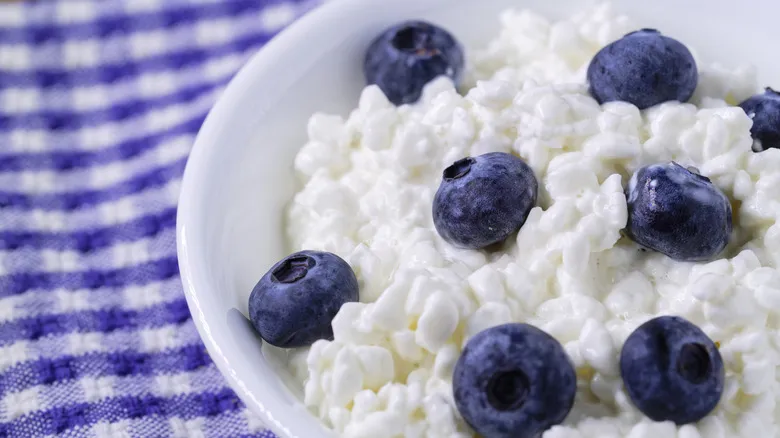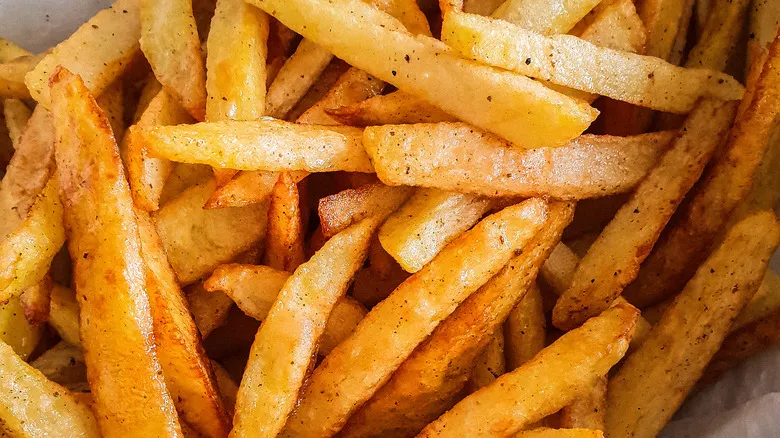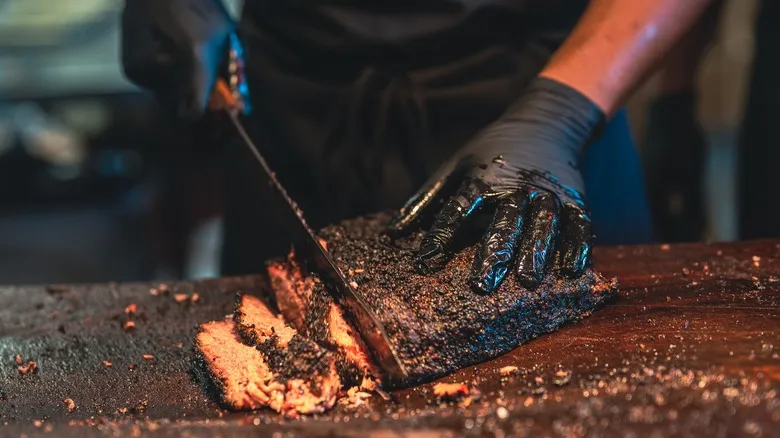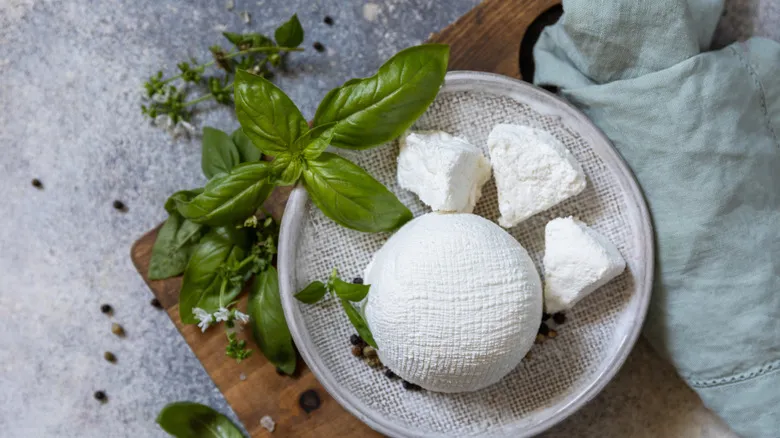What is cottage cheese?

This modest dairy product has been a fundamental part of European households for thousands of years, earning the name "cottage cheese" in the mid-19th century. Like many foods linked to rural living, cottage cheese was created to minimize food waste. The leftover milk from producing items like butter and aged cheeses was fermented with rennet, which converts lactose (milk sugars) into lactic acid. This fermentation process results in the characteristic curds of cottage cheese, which are then separated from the liquid whey, rinsed, and blended with heavy cream for added moisture. The light fermentation imparts a distinctive, tangy flavor to cottage cheese that some people adore while others find unappealing.
Fortunately, there are numerous ways to mask the tanginess, allowing you to enjoy cottage cheese. Combining it with fruit, honey, and nuts—much like a yogurt parfait—enhances its fresh, sweet notes and helps to conceal the fermented taste. Recipes such as rich, creamy cottage cheese smoothies also offer a delicious way to enhance its flavor while packing in a substantial amount of protein for your breakfast.
What is ricotta cheese?

This classic Italian cheese is not just a fashionable addition to light and indulgent pancakes (which are indeed delightful). Its contemporary form has roots that trace back to Ancient Rome. The term "ricotta" translates to "recooked," reflecting the cheese's double processing — first through heating the milk and then by boiling the leftover whey to create ricotta.
Ricotta boasts a creamy, slightly grainy texture and a subtle flavor that complements a wide array of recipes. In Ancient Rome, it was a key ingredient in libum, a cheesecake-like bread sweetened with honey and infused with bay leaves and citrus.
In modern cuisine, ricotta cheese features prominently in countless Italian and Italian-American dishes, including stuffed shells, ravioli, calzones, and pizza toppings. It also serves as a delightful foundation for various Italian desserts, such as cannoli filling and lemon ricotta cake. Additionally, ricotta pairs wonderfully with cocoa powder and honey to create a light yet rich chocolate mousse. For an elevated dessert experience, consider adding a sprinkle of chopped nuts and slices of fresh fruit.
How to substitute these cheeses for each other

While ricotta and cottage cheese have some distinct differences in flavor and texture, they are similar enough to be used interchangeably at a 1:1 ratio. For example, if a pancake recipe calls for ½ cup of ricotta cheese, you can easily replace it with ½ cup of cottage cheese, and the dish will still turn out well. However, this substitution might slightly alter the flavor or texture of your dish.
When preparing cannoli filling, cottage cheese can offer a comparable creaminess and moisture to ricotta. However, keep in mind that cottage cheese has larger curds and a somewhat tangy, fermented taste that might not appeal to everyone. To mitigate these differences, consider blending the cottage cheese until smooth and incorporating flavorings like cinnamon, additional vanilla, or orange extract to help mask the tanginess.
Nutritional differences between the two cheeses may also influence your choice based on your dietary needs and preferences. Cottage cheese is generally higher in protein and significantly lower in fat than ricotta, making it a great option for those looking to build muscle or manage calorie intake. On the other hand, ricotta contains less sodium and more calcium than cottage cheese, making it a preferable choice for individuals with high blood pressure or those needing to boost their calcium consumption.
Recommended

Your Mayonnaise Needs A Boozy Whiskey Boost

Don't Make This Mistake When Deciding Where To Place Your Air Fryer

The Simple Technique That Gives You The Best French Fries

The Science Behind Cooking Meat Low And Slow
Next up

